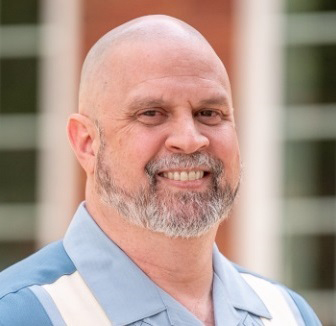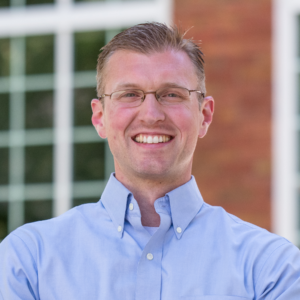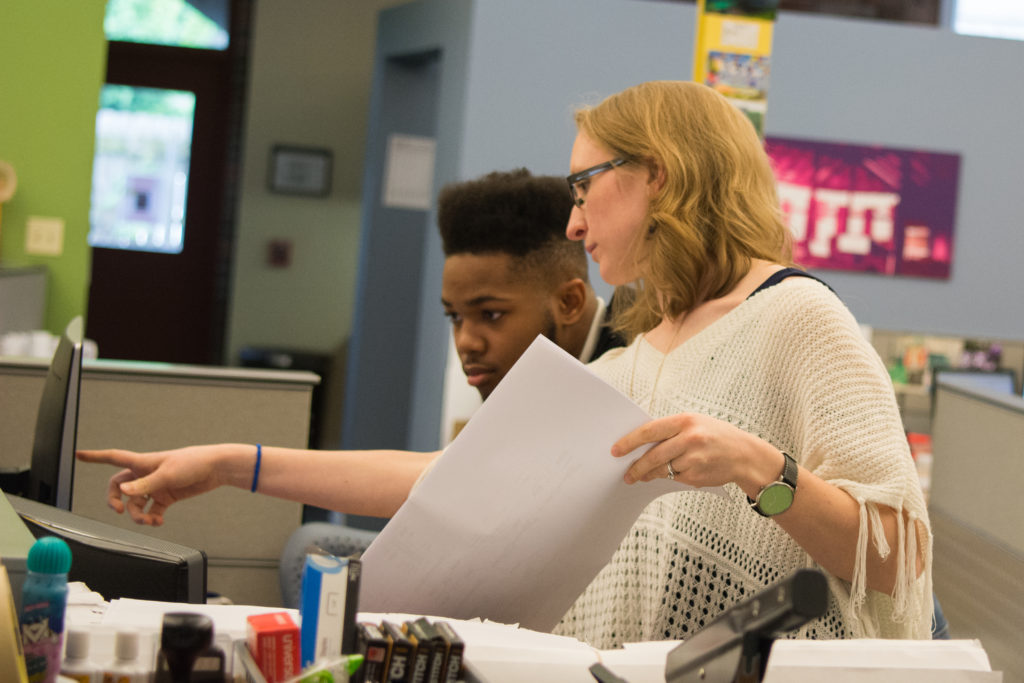Bryden and Hilltop Celebrate Their Groundbreakings
Beachwood City Schools reached a significant milestone on May 7, 2024. With great pride, students, staff, and community members came together to commemorate the groundbreaking ceremonies for the new Bryden and Hilltop Elementary Schools. This momentous occasion symbolizes the evolution of education as the original schools, built in 1956, will be transformed into state-of-the-art facilities.
Amidst the backdrop of construction equipment and architectural renderings of the future schools, the groundbreaking ceremonies were a testament to the strong community spirit of the Beachwood community. The atmosphere was enlivened by student musical performances, special comments by dignitaries, and a symbolic turning of the soil ceremonies. These underscored the community’s collective effort and shared achievement.
Bryden and Hilltop Celebrate Their Groundbreakings
Two Schools. Two Groundbreaking Ceremonies
Superintendent Dr. Robert Hardis gave opening comments, “All of you deserve a new building with modern classrooms that are safe and secure, energy-efficient, and filled with light and color to inspire our youngest students.”
President of the Board of Education Megan Walsh emphasized the importance of the relationships they will build in the new schools, “[In our elementary schools,] they feel like a welcoming and happy place. They feel like you belong here because you do! I promise that this same feeling will follow you to the new buildings.”
Bryden and Hilltop Celebrate Their Groundbreakings
School Design with Students in Mind
ThenDesign Architecture Project Manager Ryan Schmit noted the project’s importance, “It takes vision to build a school. It takes the commitment of hundreds of hours from many people, including the Board of Education, administration, teachers, students, parents, city officials, and community members, to achieve such a worthy cause.”
Being a Hilltop alumnus, Beachwood Mayor Justin Berns had a personal connection to the occasion. “A new school signifies a fresh start,” he noted, “A renewed commitment to education, a place to discover new and exciting ways to learn, and a place where you will build friendships that last a lifetime.”
The Beachwood community supported the new schools initiative in May 2023 by approving a 3.95-mill bond issue. Ongoing community involvement is key to the project’s design and construction phases. The schools are being designed by ThenDesign Architecture, with Hammond Construction operating as the Construction Manager At Risk.

Marc Cebrian
Communications
Get our newsletter with insights, events and tips.
Recent Posts:
ThenDesign Architecture Celebrated its 35th Anniversary
Capital Improvement Plans Work
Rocky River’s Transformative Renovation
Cuyahoga Falls 6-12 Campus Construction Tour
Claire Bank Selected as 40 Under 40 Honoree
Richmond Heights Invites the Natural World In
Brunswick City Schools New High School Design Reveal






